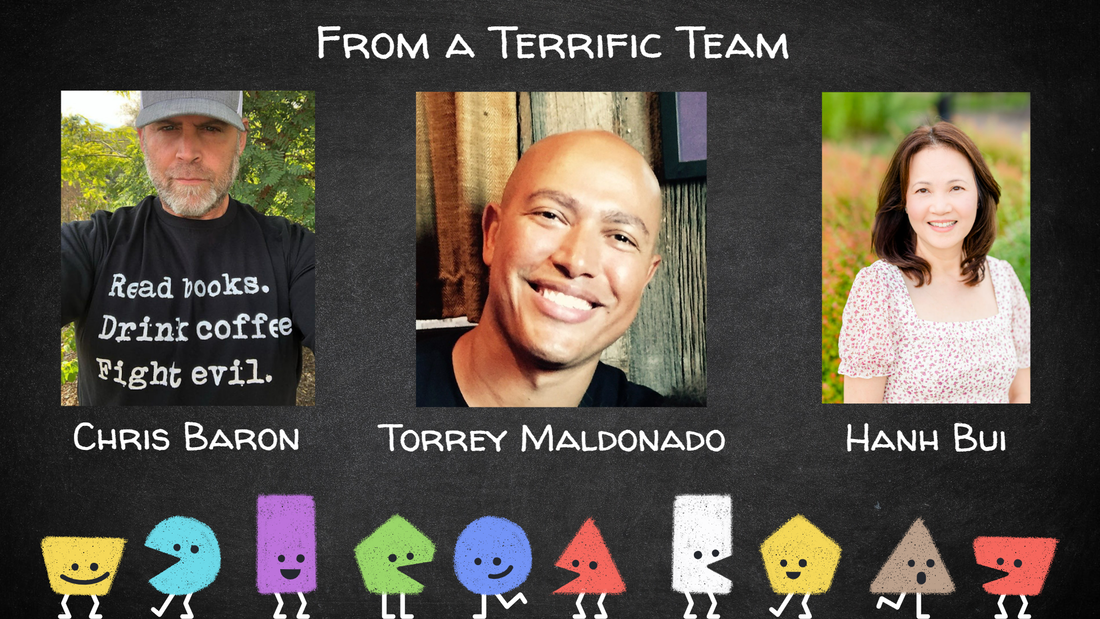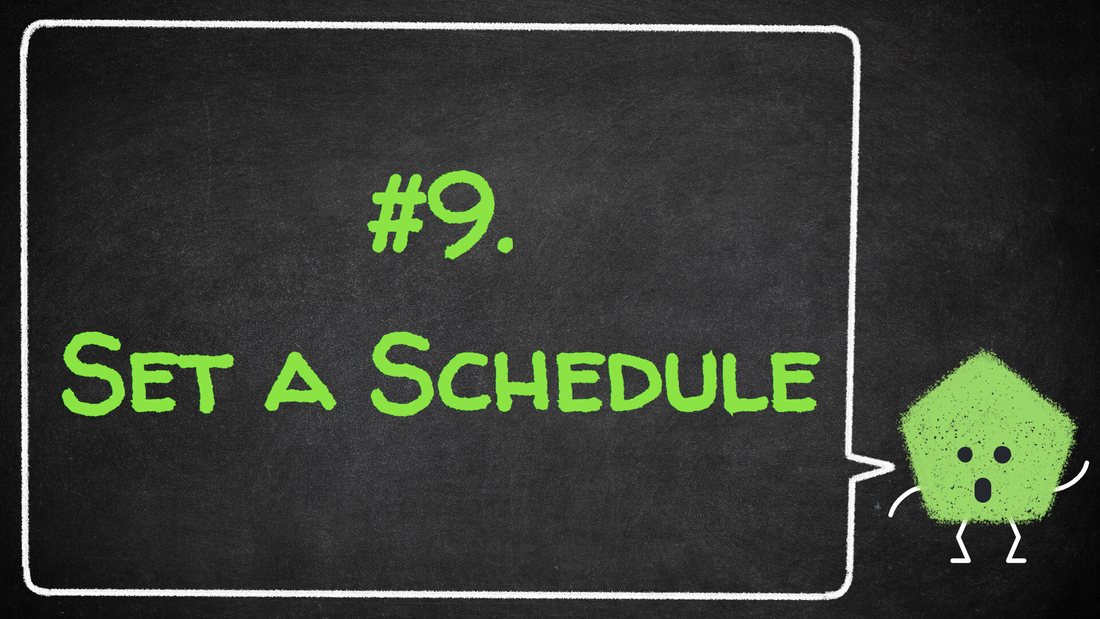|
Welcome back to Chalk and Ink: The Podcast for Teachers Who Write and Writers Who Teach.
This is the first episode of Chalk + Ink’s third season. Woot! Woot! It’s also the end of the summer season and the beginning of fall which for teachers and students is bittersweet. The laid back summer feeling slips away and in slides the frantic fall frenzy. But the good news is after compiling last season’s top ten tips for a luminous literacy workshop, I can’t wait to dive into the deep end with my readers and writers. After you listen to or read these pointers, you’ll be ready to pack up your beach bag and head back to the classroom, too. Let’s get started.
Yes, you heard me. Summer did not fry my brain. I meant what I said. Plan to play as you head back to the classroom this year. Two teachers, Jyoti Rajan Gopal and René Colato Laínez will tell us how to do it. First up, let’s listen to former kindergarten teacher and debut picture book author, Jyoti Rajan Gopal, talk about the various ways play helps kids explore story.
Imaginative play is tons of fun but listen to how pre-k Spanish bilingual teacher René Colato Laínez attracts students to his writing center. Cardboard castles anyone? Get your boxcutters ready to go!
So thanks to Jyoti and René, you’re looking at teaching writing through the lense of storytelling and you’ve decked out your classroom in a whimsical way. The last thing you want is to squash the wondrous energy with grammar worksheets. That’s why you need Patterns of Wonder and Patterns of Power by Whitney LaRocca and Jeff Anderson.
Honestly, I had a super hard time picking which snippets to isolate because their whole episode is about fostering a creative community. But, I finally whittled it down and focused on the wonder of pictures and the joy of creating together. Give a listen.
Alright, so we’ve had discussions about moves authors make in their own writing and now it’s time for students to put their own words on paper, but if we just place a blank piece of paper in front of kids, they’ll freeze up. If you haven’t listened to the debut episode of season two of Chalk + Ink, put it on your playlist. Hannah Stark gives amazing prewriting activities and Alicia D. Williams talks about using music and gross motor activities to get energy flowing before asking kids to sit down and write.
This year April Jones Prince is going to teach us how to integrate smell into writer’s workshop and Marcie Flinchum Atkins will teach us how to do visual research for informational projects.
So, you’ve embraced play, recycled all your grammar worksheets, integrated sensory details, now what? Make use of all the mirrors in your classroom. What mirrors, you ask? Your students. I listened to Kate Messner’s episode twice, convinced she had told me about this mirroring activity on the podcast.
She didn’t. She wrote about it in her marvelous book Real Revision. I’m going to read how Kate had her students show emotions, while other students noted their observations. Then, Tina Athaide, will explain how she used a similar technique to raise her writing to a new level.
Okay, so your students have acted as mirrors for their peers. Now it’s time for tip number six-outline occultism. Maybe you’re thinking outline occultism, give me a break! Please use words my students will understand. But here’s the thing, occultism is a Minecraft mod, which allows players to automate various items and store more than a normal amount of materials. That's why your kids might already know what occultism means. If they don’t, tell them it means magic because that’s what happens when students use this outlining tip from Zetta Elliott. If you haven’t read Zetta’s The Witch’s Apprentice, I highly recommend it.
Before we move onto tip number five, Abracadabra Nanowrimo, it’s time to try something new-a call to action in the middle of the podcast episode. If you want to let me know you appreciate the 600 plus hours I’ve put into this podcast, buy me a cup of joe. It’s easy. Go to buymeacupofcoffee.com/chalkandink and buy me a latte. It’s that simple, and it would make my day. Don’t have 5 bucks, but the podcast has really made a difference in your teaching or writing life? DM me on Twitter, or fill out my contact form so I can feature your success on our special 50th episode. To shy to record your story on a podcast? Then take a minute and write a review wherever you listen to your podcasts or share this episode on Twitter. Spreading the word is simple, free and it will put a smile on my face. Thank you so much for letting me know you support Chalk + Ink. I'm so grateful for your support.
Did you know middle grade author, Lisa Stringfellow drafted her amazing novel Comb of Wishes with her students while they simultaneously participated in Nanowrimo? Well, it’s true. Not only did Lisa use Nanowrimo to guide her students into drafting 4,000-word narratives, she used the opportunity to teach them how to set goals.
Kids love nonfiction, but since many educators prefer fiction, nonfiction often gets left out of the picture. But in this tip, two educators share how reading Nat Geo excerpts and newspaper articles engaged their students. First, we’ll hear from elementary teacher, Kristen Nordstrom, author of Mimic Makers.
Then, we’ll hear from high school English Speakers of Other Languages teacher, Rukhsanna Guidroz, author of Samira Surfs. She talks about teaching English to French teenagers. It’s a super fun story and makes me want to see a soccer match.
So in order to have a luminous literary workshop, we have to make sure we incorporate fiction and nonfiction texts. But it’s not enough just to make sure we have classroom book collections that reflect all of our students and their interests, we have to take a hard look at our own implicit biases.
Last February, it hit me that I had an implicit bias against nonfiction readers. I always thought of my husband and younger son as nonreaders because they don’t read fiction texts. Yet, they read nonfiction texts all the time. They are readers just like my older son and I, who prefer fiction. This realization spurred me to take a look at how I viewed my students, too. I’m embarrassed to say I viewed students who excelled at STEM and liked fiction as well-rounded students, but students who excelled at STEM and preferred nonfiction as somehow lacking in literary prowess. Of course fiction versus nonfiction is only one example of a harmful implicit bias that may be lurking in our subconscious. Another implicit bias we may have is a tendency to put books in binary boxes. Listen to Michael Leali talk about the necessity of getting beyond the binary. First, we’ll hear him describe a sophomore male student who fell in love with reading when he read Elizabeth Acevedo’s Clap When You Land a novel in verse, which features two female main characters. Then, he explains why we have to bust out of the binary boxes. Before we move on to tip number two, I want to say to be sure to read Michael’s debut, The Civil War of Amos Abernathy, it’s a middle grade novel that definitely offers an invitation to question the historical accuracy of binary boxes.
Pernille Ripp talks about why we need to make the time to listen to kids. She chats about the necessity of talking to students about books, advocating for what students need, and why we need to have those same deep discussions around the writing process. Give a listen.
Not only does Pernille take time to discuss books with kids, she makes time to dig deep and discuss all the messy emotions that surround the writing process with her students. Before we move onto tip number one, if you’re overwhelmed by tip number two, make time to listen to your students, start with a student survey. Pernille talks about student surveys in her book Passionate Readers and surveys are a very powerful tool. I implemented them last year on Google Classroom, and it was amazing. I learned what my students wanted to read, obtained those books, and it paid off. Many of my students chose to create recommendation bookmarks about those titles I bought. I would have never known what to buy if I hadn’t given them the survey.
Alright, we have reached our last tip for a luminous literary workshop. We’ve talked about the importance of play, of castles, of magic mirrors, about the power of writing together, and we’re going to end with tip number one from picture book author, Erin Dealey, which is–highlight moments of magic.
Let’s recap the top ten tips for a luminous literary workshop: 10-Plan to Play 9-Grammar Worksheets Be Gone 8-Integrate Sensory Learning 7-Magic Mirrors All Around 6-Outline Occultism 5-Abracadabra! Nanowrimo 4-Extra! Extra! Read All About It 3-Bust Out of Binary Boxes 2-Listen to Your Students 1-Highlight Moments of Magic On the next episode, we’ll be chatting with author and writing instructor Michelle Cusolito. Be sure to check out her books Flying Deep and Diving Deep before the interview. It’s thrilling to dive deep into her creative process. If you want more great content from Chalk + Ink guests, become a Patreon supporter. You’ll be able to access videos from many of the excellent educators highlighted here today. I want to give a shout out to Sarah Brannen for Chalk + Ink’s podcast art. If you want to make the most out of these last few summer weeks, be sure to check out Sarah’s A Perfect Day for some summertime fun. I look forward to chatting with you again on September 9th. Until then, best of luck with the beginning of the school year and happy listening!
1 Comment
|
Chalk + Ink ChatsWant to hang out with teachers who write and writers who teach? Fill this form to join our Archives
October 2023
Categories |






















